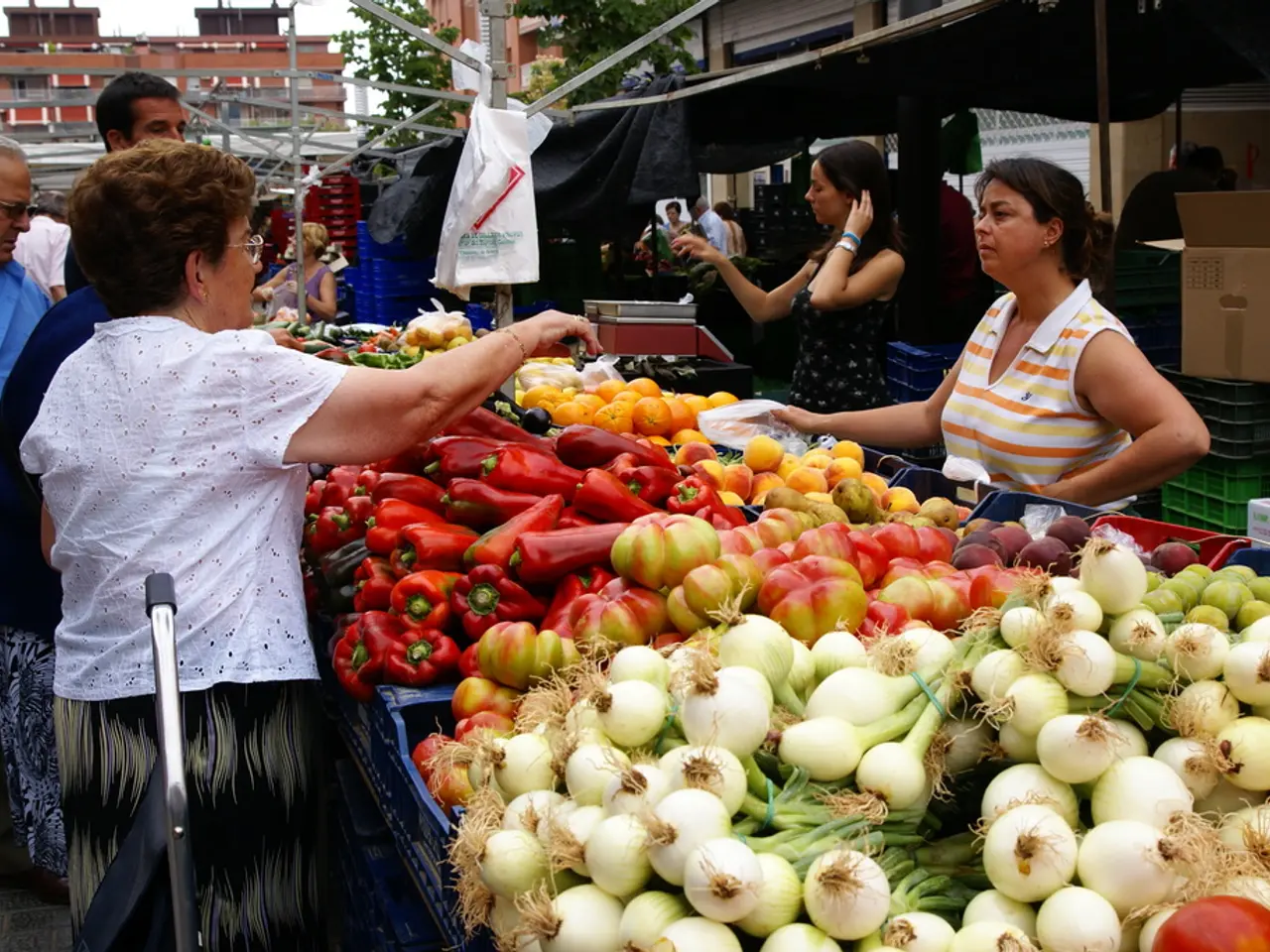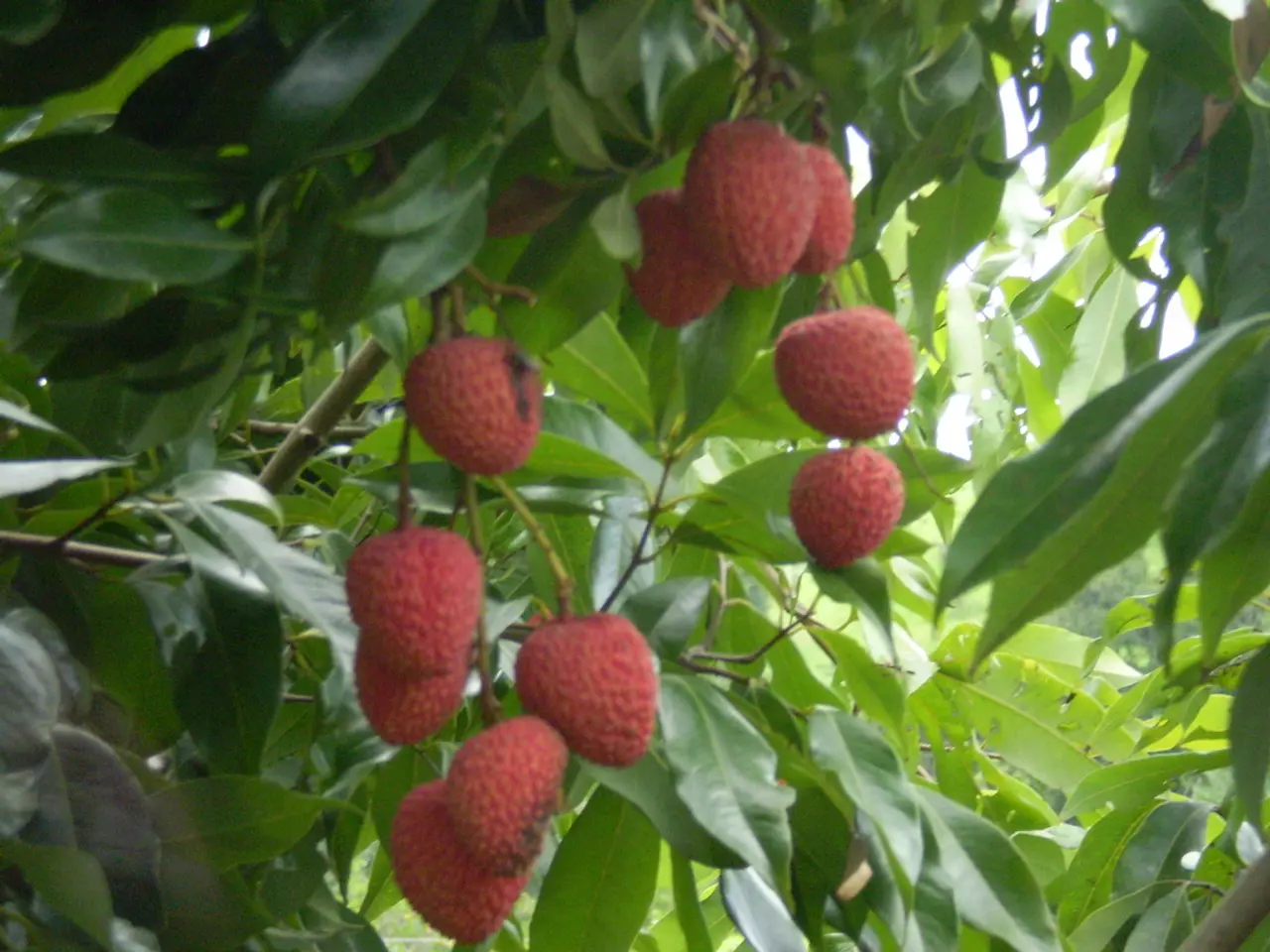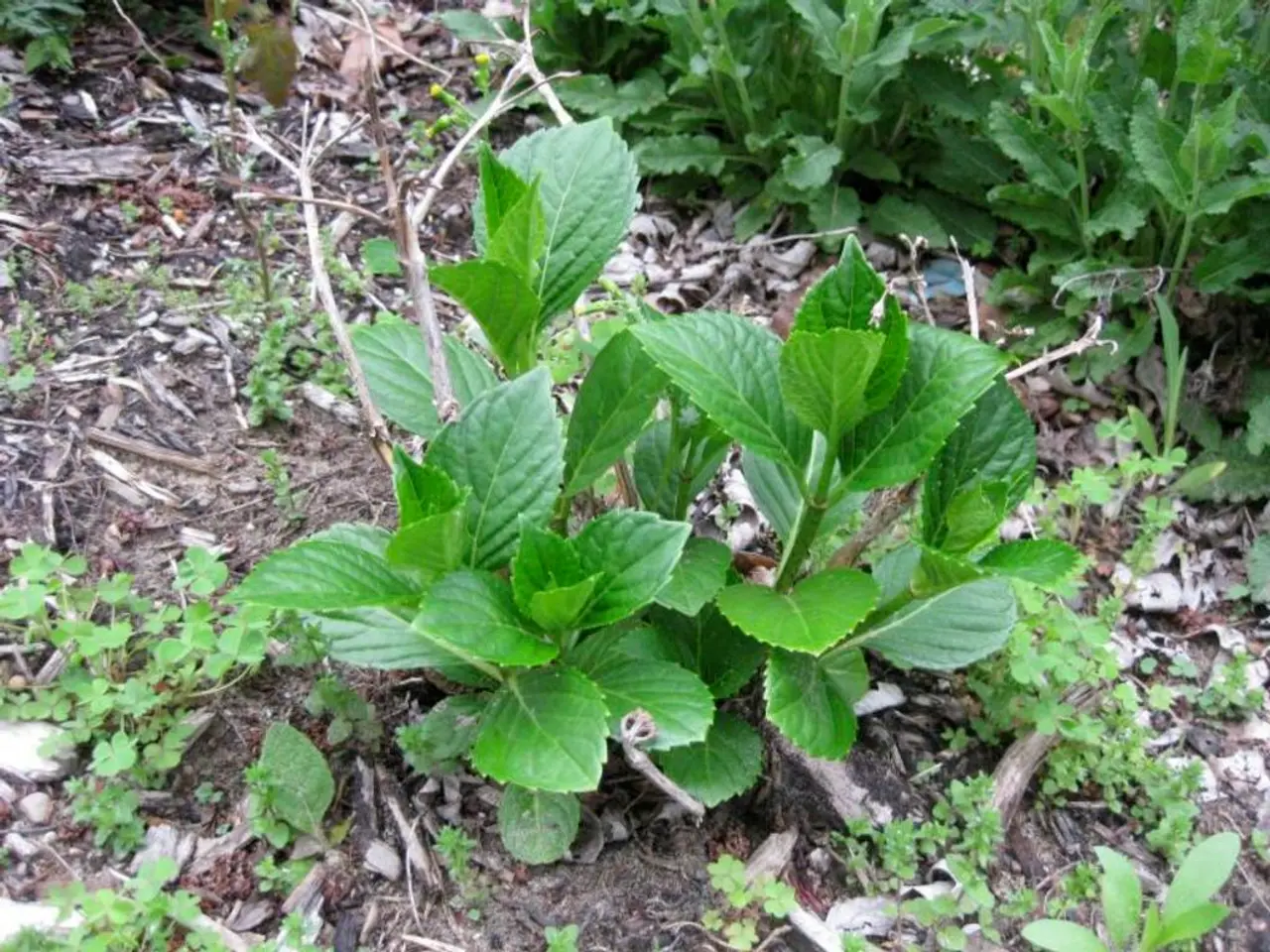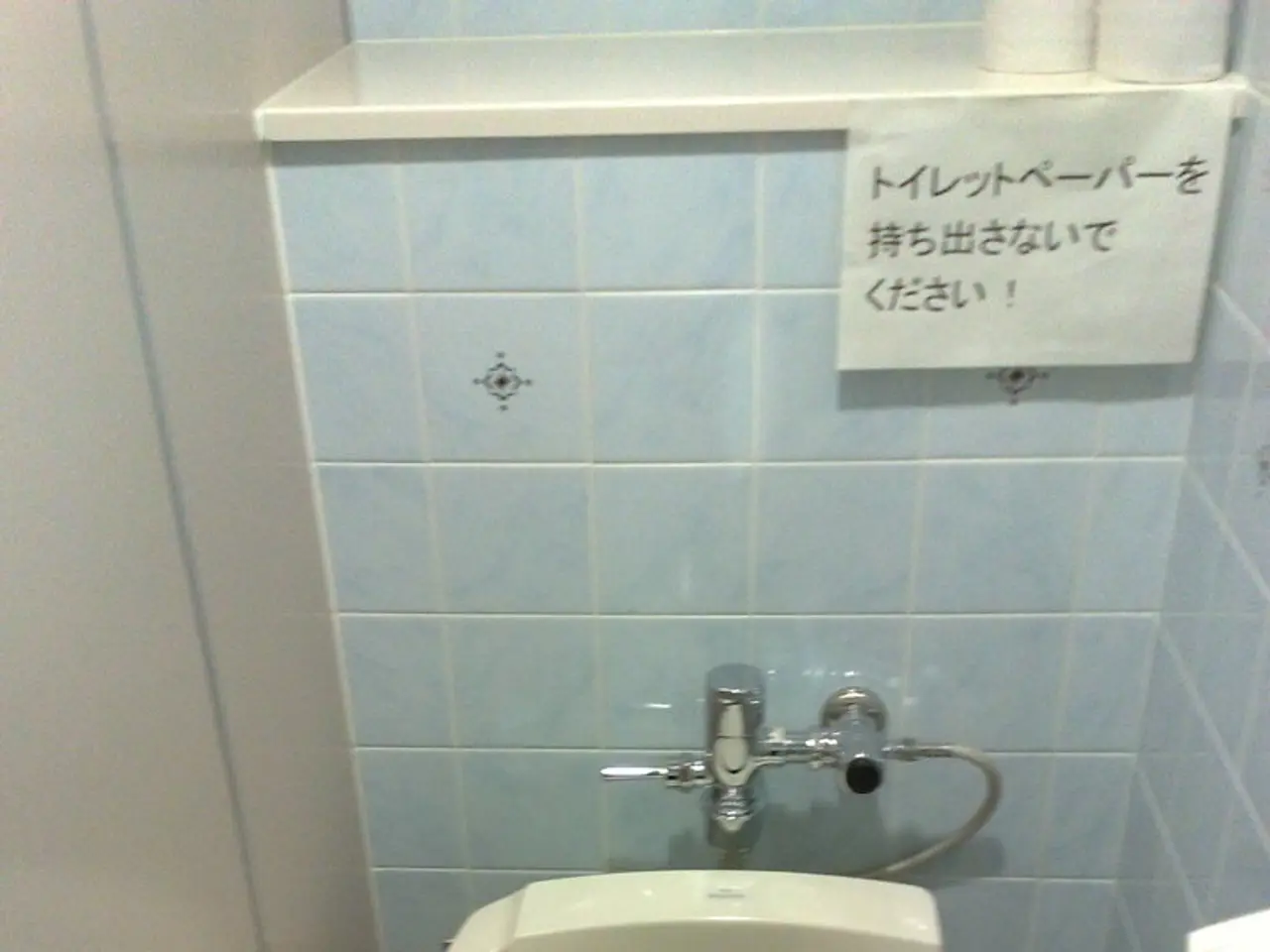Alternative Potting Solutions for Your Planter
In the quest for a greener and more cost-effective garden, filling large planters has never been easier. Here are some innovative methods to make the most of your resources while promoting healthy root environments for your plants.
Cardboard and Newspaper
Cardboard, a common household item, can be repurposed as a weed barrier, base for 'lasagna' or hugelkultur-style beds, or even seed starters. By reinforcing cardboard boxes with tape or lining them with a plastic bag with drainage holes, you can create containers for plants. Landscaping fabric on top of the filler can prevent soil from falling through cracks, and the cardboard will break down over time, suppressing grass growth and reducing the number of weeds in the new growing area.
Alternative Fillers
To save on soil when filling large planters, you can use alternative materials such as rice hulls, coconut coir, and lightweight aggregates like perlite or paver base. These materials reduce the amount of soil needed by filling volume while improving drainage and moisture retention.
Rice hulls, an organic and sustainable material, improve soil structure and water management. They break down after one growing season, adding organic matter, and can be mixed into the soil or used as mulch. Coconut coir, a peat-free, eco-friendly soil alternative derived from coconut husks, retains moisture well and improves aeration, making it suitable for mixing with soil or using in containers.
Perlite or paver base can be used as a lightweight drainage layer at the bottom of planters. Paver base has larger grains to prevent soil compaction but may include fines, while perlite is very lightweight and improves aeration.
Geotextile Fabrics
Another approach is using geotextile fabrics to separate soil from a water reservoir or drainage layer, as seen in wicking beds, which can reduce soil volume while optimizing moisture use.
By layering these materials—placing lightweight aggregates or rice hulls at the bottom for drainage, mixing coir or hulls into the soil to extend its volume, and using fabrics to separate layers—you can fill large planters efficiently with less soil. This saves cost and weight while promoting healthy plant root environments.
For additional practical tips and illustrative hacks for filling large planters economically, sources on Pinterest also provide creative ideas, although specific details there tend to be brief. Recycled cardboard and newspaper can be used as filler for planters to save soil and costs.
In conclusion, with a little creativity and the right materials, filling large planters can be a cost-effective and sustainable endeavour. Happy gardening!
References:
- Garden Myths: Rice Hulls
- Perlite vs. Paver Base
- Coconut Coir: The Ultimate Guide
- Wicking Beds: A Guide
In the pursuit of a cost-effective and eco-friendly home-and-garden lifestyle, recycled cardboard and newspaper can serve as versatile materials for creating DIY planters, interlayered with landscaping fabric for enhanced durability. Also, alternative fillers such as rice hulls, coconut coir, perlite, and paver base can reduce the volume of traditional soil needed in large planters, thereby creating a less expensive yet healthy lifestyle for your plants.




